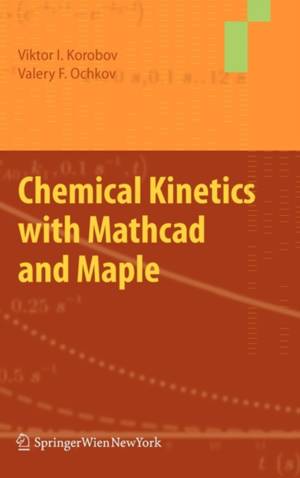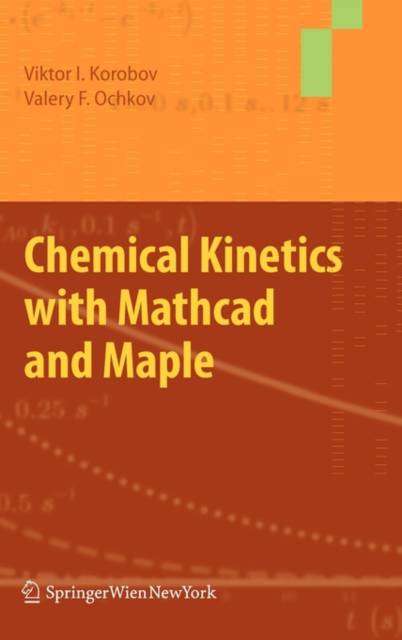
- Retrait gratuit dans votre magasin Club
- 7.000.000 titres dans notre catalogue
- Payer en toute sécurité
- Toujours un magasin près de chez vous
- Retrait gratuit dans votre magasin Club
- 7.000.0000 titres dans notre catalogue
- Payer en toute sécurité
- Toujours un magasin près de chez vous
181,95 €
+ 363 points
Format
Description
The authors explain at length the principles of chemical kinetics and approaches to computerized calculations in modern software suites
-- mathcad and maple. Mathematics is crucial in determining correlations in chemical processes and requires various numerical approaches. Often significant issues with mathematical formalizations of chemical problems arise and many kinetic problems can´t be solved without computers. Numerous problems encountered in solving kinetics´ calculations with detailed descriptions of the numerical tools are given. Special attention is given to electrochemical reactions, which fills a gap in existing texts not covering this topic in detail. The material demonstrates how these suites provide quick and precise behavior predictions for a system over time (for postulated mechanisms).Examples, i.e., oscillating and non-isothermal reactions, help explain the use of mathcad more efficiently. Also included are the results of authors' own research toward effective computations.Spécifications
Parties prenantes
- Auteur(s) :
- Editeur:
Contenu
- Nombre de pages :
- 344
- Langue:
- Anglais
Caractéristiques
- EAN:
- 9783709105306
- Date de parution :
- 27-05-11
- Format:
- Livre relié
- Format numérique:
- Genaaid
- Dimensions :
- 156 mm x 234 mm
- Poids :
- 675 g

Les avis
Nous publions uniquement les avis qui respectent les conditions requises. Consultez nos conditions pour les avis.






